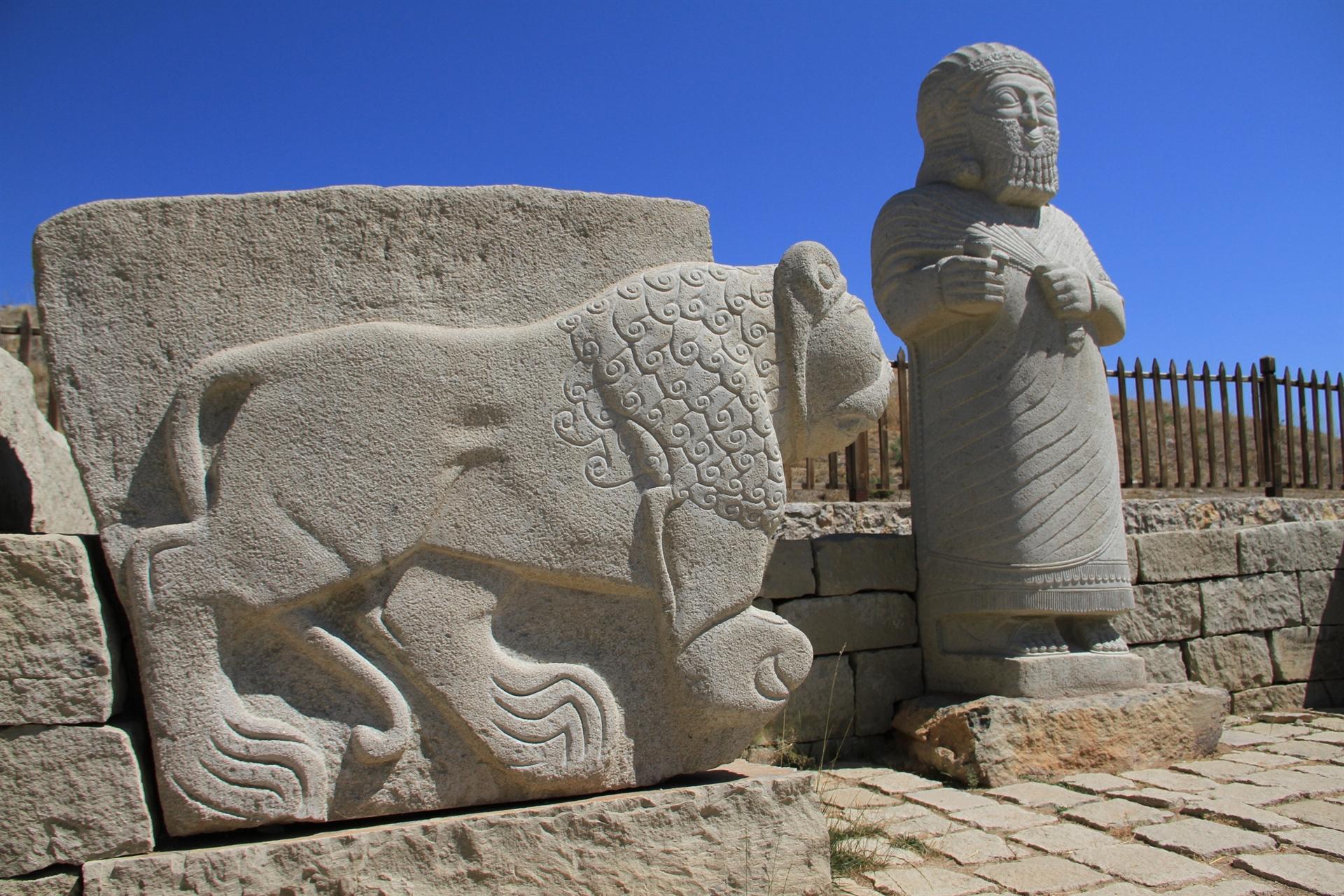
The archaeological site of Arslantepe in the eastern province of Malatya, which was added to the tentative list of the UNESCO World Heritage Sites in 2014, is eyeing being bestowed recognition in the permanent list.
An official application has recently been made for the ancient site, which contains one of the world’s earliest known palaces, well-preserved walls with colorful figures, a 5,500-year-old temple, ancient swords and spears.
Works have been completed by the Provincial Directorate of Culture and Tourism and the Battalgazi Municipality, in collaboration with the Arslantepe Archaeological Site Directorate Plan, before being sent to UNESCO.
Speaking to state-run Anadolu Agency, Battalgazi Mayor Selahattin Gürkan said Arslantepe had been home to various civilizations in the world, stressing it should be recognized as a heritage of humanity.
“In the first phase of our work on the UNESCO list, field management, field plan and necessary documentation studies were conducted. These activities were carried out with the Culture and Tourism Ministry, Provincial Directorate of Culture and Tourism, Arslantepe Excavation Committee, Battalgazi Municipality and Inönü University,” he said. “All of the works were sent to the Culture and Tourism Ministry, and from there to the Foreign Ministry and then to UNESCO envoys in Paris via diplomatic couriers. I believe that the work will be evaluated by the jury there for the archaeological site to be included on the list in May or June.”
[HH] Arslantepe
The Archaeological Site of Arslantepe is located 5 kilometers away from the city center and 15 km away from the Euphrates right bank. It is a four-hectare archaeological mound and was formed at least in the 6th B.C.
The excavations carried out for more than 50 years by the Italian Archaeological Expedition of the Sapienza University of Rome have brought to light rich material remains of the many civilizations.
This research has enlightened the history of the Upper Euphrates region and the crucial stages in the human history such as the birth of hierarchical societies and the origin of bureaucracy.
The ancient site has recently become an open air museum, where visitors can see a unique architectural mud-brick complex of the 4th millennium B.C., which is still standing and well preserved.
The visit route is accompanied by communication panels and also continues on the top of the mound showing the public the dynamic of social and political changes that occurred in the course of the following millennia until the Hittite era, when Arslantepe became again a regional capital.